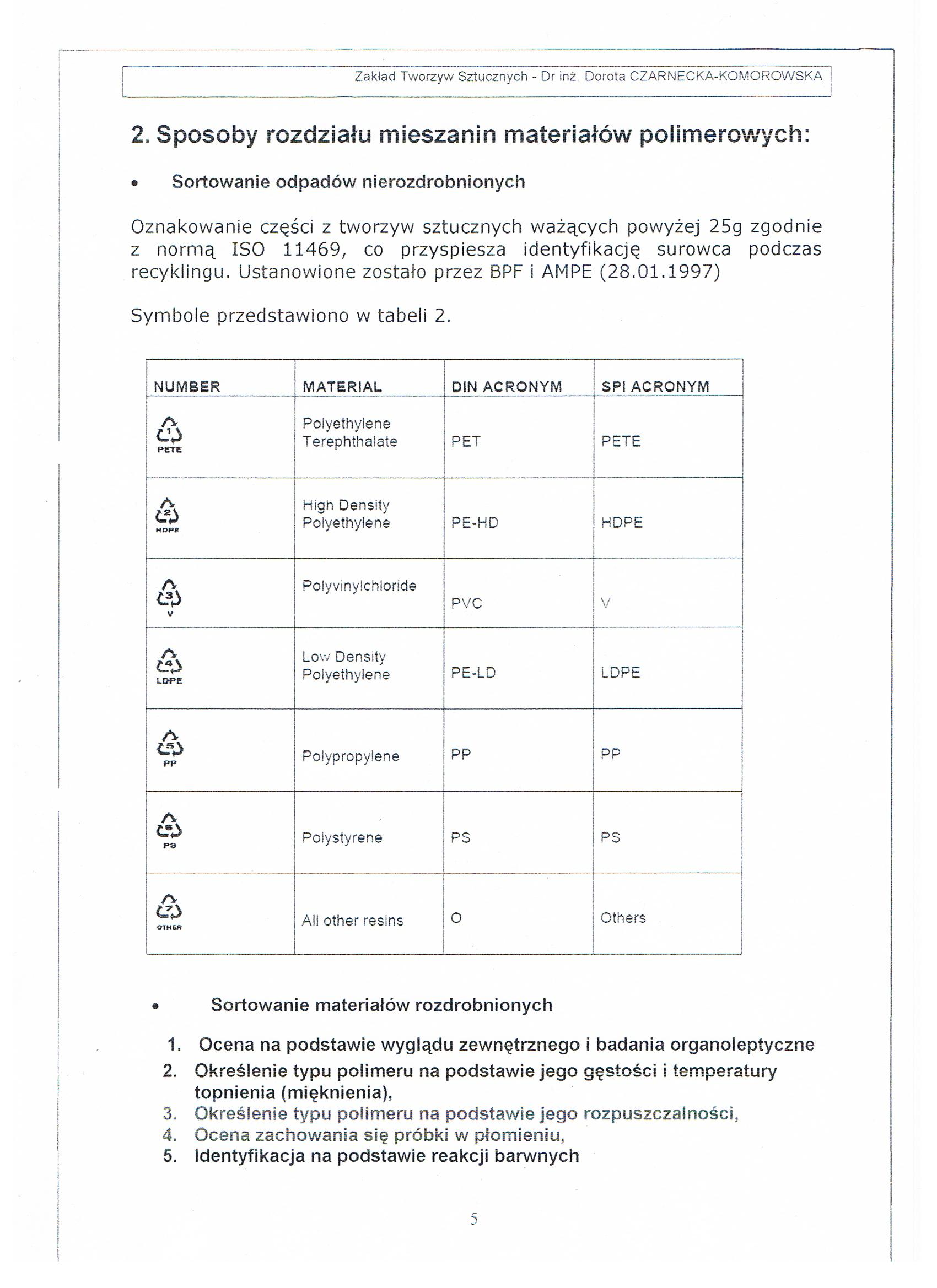Obraz (85)

34 Phonology
and the sequence within the nonmanual signal cannot bc reversed. It is not possible to begin with an open mouth and end with closed lips. It would seem then, that sequence in nonmanual signals is very important.
Many signs have a sequence of locations; that is, first one and then the other. For example, the sign DEAF begins just below the ear and ends on the chin. How-ever, it can begin the other way around, on the chin, and end just below the ear. This is an example of variation in ASL, variation that occurs for stylistic or regional or grammatical reasons. What is important is that the variation lies in the sequence of locations. Since the sign means the same thing whether it begins at the ear or the chin, it is not an example of contrast, but the sequence of locations still is important in understanding the structure of ASL and how it can vary.
It is important to remember that sign languages show sequential contrast in the same way that spoken languages do, and it is very important for the system used to describe the sign language to represent that fact.
Wyszukiwarka
Podobne podstrony:
Transactions and the count () function. When using MySQL Cluster Replication, it is not possible to
the bagasse of 7738 ± 100 kj/kg, as received. However, in most sugar mills, it is not possible to ca
m85@ examples of these are illustrated in the tapestry but it is not possible to interpret the
914 B. Rihn et al. It is now possible to use molecular biology techniąues with non-radioactive DNA l
UHAM094 WHERE CAN I GET HELP AND INFORMATION? * 77 this decision, and it is not appropriate to discu
Determining What Is Instrumented It is always possible to determine what instruments the Performance
32 (236) Y E L L O W “But I mean to say that it is not easy to find a summer sun effect which is as&
the remaining treatments which are requirements of a scientific ap-proach. It is not easy to use a s
118 l.t£ S. EDWARDS It is not difficult to understand Mile Werbrouck s apprehension about the corre
essent?rving?90 E S S E nr I A I. WOODCARVlNG T E C H N I Q U E S To CARVE IN THE ROUND or in Relief
więcej podobnych podstron